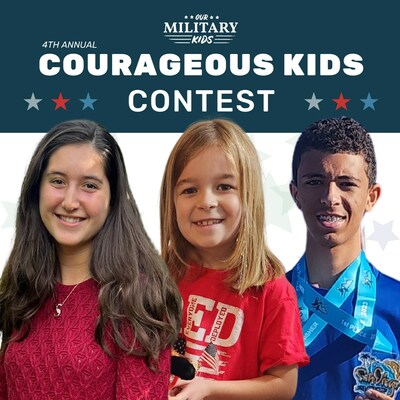DVIDS – News – MILITARY STAR Fuel Discount Provides Reliable Savings
DALLAS – The military community can rely on everyday savings at the pump with MILITARY STAR®.
Cardmembers save 5 cents on every gallon of gas at Exchange fuel locations and participating Navy Exchange and Marine Corps Exchange locations. Last year, cardmembers saved $3 million with this exclusive MILITARY STAR card benefit.
“The military community doesn’t need to wait for a special offer to save on fuel,” said Air Force Chief Master Sgt. Kevin Osby, the Exchange’s senior enlisted advisor. “Service members, military families, retirees and other authorized shoppers can count on MILITARY STAR savings at the pump every day.”
Cardmembers also earn 2% in rewards when they fuel up with MILITARY STAR. Choosing MILITARY STAR over other payment options also helps give back to Warfighters and their families, as 100% of Exchange earnings are reinvested in the military community.
In 2023, the fuel discount was part of a total $439 million annual benefit MILITARY STAR provided to the military community.
Rewards exclude the Military Clothing plan. For more information on MILITARY STAR, shoppers can visit their local Exchange or https://aafes.media/MilStarPA.
— 30 —
Since 1895, the Army & Air Force Exchange Service (Exchange) has gone where Soldiers, Airmen, Guardians and their families go to improve the quality of their lives by providing valued goods and services at exclusive military pricing. The Exchange is the 54th-largest retailer in the United States. 100% of Exchange earnings support military communities. In the last 10 years, your Exchange benefit has provided $3.5 billion in earnings for critical military Quality-of-Life programs. The Exchange is a non-appropriated fund entity of the Department of Defense and is directed by a Board of Directors. The Exchange is a 50th Anniversary Vietnam War Commemorative Partner, planning and conducting events and activities that recognize the service, valor and sacrifice of Vietnam Veterans and their families in conjunction with the United States of America Vietnam War Commemoration. To find out more about the Exchange history and mission or to view recent press releases please visit our website at http://www.shopmyexchange.com or follow us on Twitter at https://twitter.com/ExchangePAO.
###
Media Notes:
For more information or to schedule an interview with an Exchange representative please contact Marisa Conner at 214-312-5111 or connermar@aafes.com.
Follow the Exchange:
Facebook: www.facebook.com/shopmyexchange
Twitter: https://twitter.com/shopmyexchange
Instagram: @shopmyexchange
| Date Taken: | 04.17.2024 |
| Date Posted: | 04.18.2024 10:52 |
| Story ID: | 468830 |
| Location: | DALLAS, TX, US |
| Web Views: | 8 |
| Downloads: | 0 |
PUBLIC DOMAIN

This work, MILITARY STAR Fuel Discount Provides Reliable Savings, by Marisa Conner, identified by DVIDS, must comply with the restrictions shown on https://www.dvidshub.net/about/copyright.



 Private Internet Access gives you unparalleled access to thousands
of next-gen servers in over 83 countries and each US state. Your
VPN experience will always be fast, smooth, and reliable.
Private Internet Access gives you unparalleled access to thousands
of next-gen servers in over 83 countries and each US state. Your
VPN experience will always be fast, smooth, and reliable.








